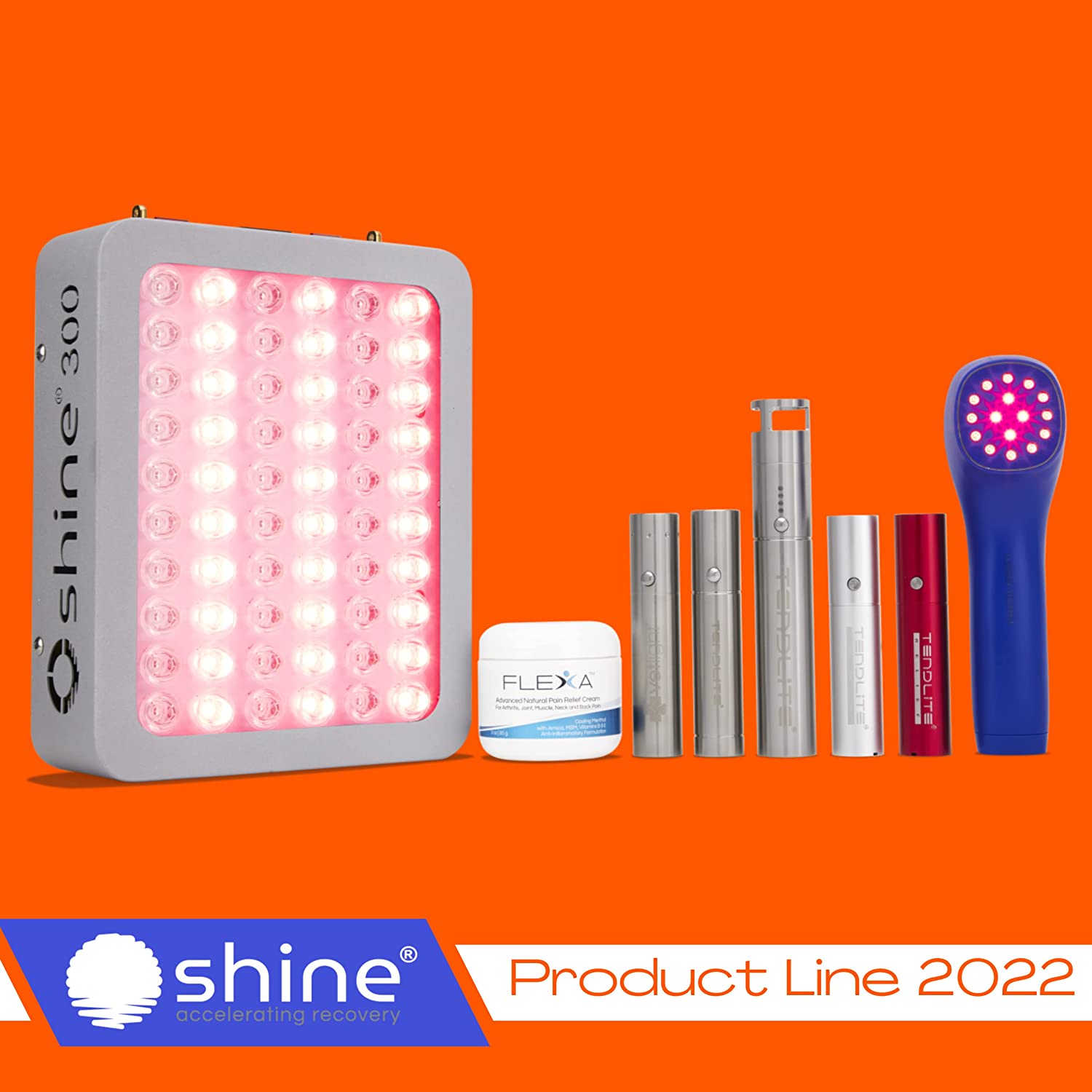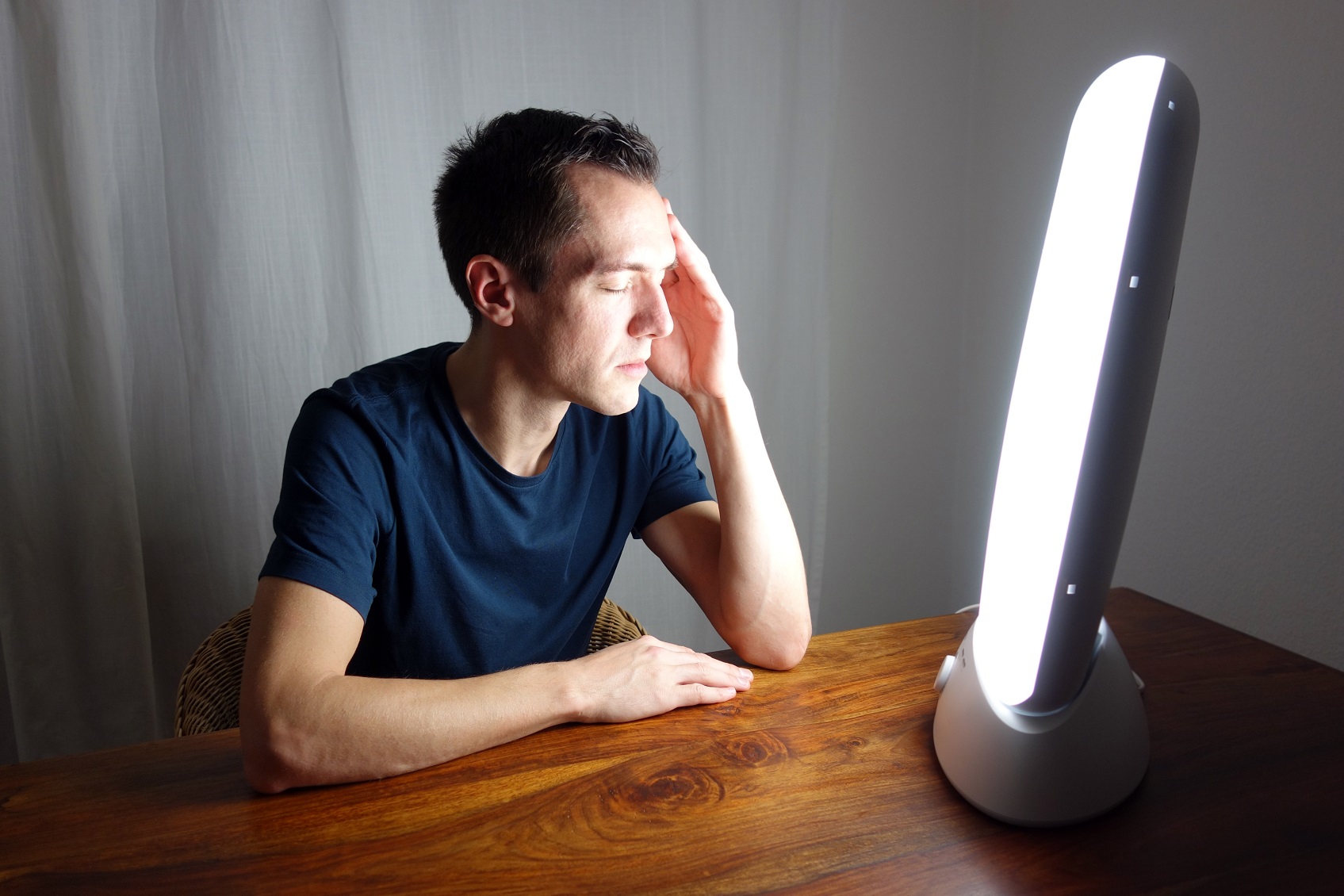The Science Behind Photobiomodulation: Illuminating Therapeutic Pathways
Wiki Article
Unlocking the Prospective of Photobiomodulation: A Promising Strategy for Healing Intervention
Are you curious about the capacity of photobiomodulation for restorative treatment? By targeting certain mobile procedures, photobiomodulation has actually revealed possible in increasing wound recovery, decreasing pain, and promoting tissue regrowth. In this intro, we will certainly discover the devices of action, applications in medicine, and the existing proof sustaining the effectiveness of photobiomodulation.Recognizing Photobiomodulation
To understand photobiomodulation, you need to comprehend the idea of exactly how light treatment can straight affect cellular procedures in your body. Photobiomodulation, additionally recognized as low-level light therapy, is a non-invasive treatment that utilizes particular wavelengths of light to stimulate biochemical responses in your cells. When subjected to these light wavelengths, your cells take in the energy and transform it right into cellular energy, called adenosine triphosphate (ATP) This rise in ATP manufacturing causes a cascade of mobile actions, including improved metabolic process, enhanced circulation, and boosted production of collagen and various other healthy proteins.The therapeutic effects of photobiomodulation are far-reaching and have been researched extensively in various clinical fields. It has actually revealed promising lead to advertising cells fixing and regrowth, minimizing inflammation, alleviating discomfort, and boosting wound recovery. Furthermore, photobiomodulation has actually been located to have a positive effect on neurological conditions, such as distressing mind injury and stroke, by promoting neural task and advertising neuroplasticity.
One of the vital advantages of photobiomodulation is its security account. Unlike various other treatments, photobiomodulation does not create or produce any type of heat tissue damage. It is a non-invasive and pain-free treatment that can be performed in a clinical setup or also in the comfort of your own home with making use of mobile devices. Nevertheless, it is necessary to note that photobiomodulation must be carried out by trained specialists or according to the producer's directions to make certain optimal results and security.

Devices of Action
In comprehending the mechanisms of activity, you will discover just how photobiomodulation straight influences mobile procedures with specific biochemical responses. When light is used to the body, it is soaked up by chromophores, such as cytochrome c oxidase and flavins, which are existing in the mitochondria. This absorption results in a cascade of occasions that eventually result in cellular changes.Among the vital mechanisms of activity is the excitement of ATP production. Photobiomodulation enhances the task of cytochrome c oxidase, an essential enzyme in the mitochondria that is associated with the electron transport chain. This boosted activity brings about the production of even more ATP, the primary energy money of the cell. Consequently, mobile metabolism is improved, advertising tissue repair and regeneration.
Moreover, photobiomodulation has been shown to modulate mobile signaling pathways. It triggers various growth factors and indicating molecules, such as nitric oxide and responsive oxygen species, which play essential roles in procedures like inflammation, angiogenesis, and cell spreading. These signaling pathways add to the therapeutic results of photobiomodulation, advertising tissue healing and decreasing discomfort and swelling.
Applications in Medicine
Discover the varied applications of photobiomodulation in medication. Photobiomodulation, also referred to as low-level light therapy, is a non-invasive treatment that uses light to stimulate cellular processes and promote healing. In medication, this strategy has shown encouraging outcomes throughout numerous fields.Clicking Here One of the primary applications of photobiomodulation is in pain management. pbm light therapy. It has actually been utilized to alleviate both chronic and acute pain, including bone and joint problems, neuropathic discomfort, and post-operative discomfort. By targeting the damaged location with details wavelengths of light, photobiomodulation can lower swelling, advertise cells repair, and provide relief
Additionally, photobiomodulation has actually revealed possible in injury recovery. It can speed up the healing process by enhancing cell expansion, promoting angiogenesis, and decreasing scar tissue development. This has substantial ramifications in the treatment of persistent wounds, such as site link diabetic abscess and stress sores.
In dermatology, photobiomodulation has been utilized for its anti-inflammatory and regenerative effects. It can boost the look of marks, minimize acne lesions, and stimulate hair development in problems like androgenetic alopecia.
In addition, photobiomodulation has actually shown guarantee in neurorehabilitation. It can enhance cognitive function, boost electric motor healing, and aid in the therapy of neurodegenerative illness like Alzheimer's and Parkinson's.
Medical Evidence and Study Searchings For

In the field of bone and joint disorders, photobiomodulation has actually been discovered to lower pain and inflammation, enhance series of motion, and speed up tissue repair. Studies have demonstrated its efficiency in treating problems such as osteoarthritis, tendinopathies, and muscle mass pressures. Furthermore, photobiomodulation has actually revealed positive impacts on injury healing by promoting collagen angiogenesis, synthesis, and fibroblast spreading. This makes it an useful device in the management of persistent injuries, diabetic ulcers, and medical lacerations.
In addition, research study has actually revealed that photobiomodulation can have neuroregenerative and neuroprotective results. It has actually been located to improve cognitive function, decrease neuroinflammation, and improve neuronal survival and synaptic plasticity. This has vital implications for the therapy of neurological problems such as Alzheimer's disease, Parkinson's illness, and stroke.
Future Directions and Prospective Difficulties
Relocating onward, it is vital to take into consideration the future instructions and possible difficulties bordering the usage of photobiomodulation as a healing treatment. Currently, there is no consensus on web link the optimal wavelength, intensity, duration, and frequency of photobiomodulation treatment.One more essential future instructions is the advancement of mobile and cost-efficient photobiomodulation devices. While present devices are reliable, they are often bulky, expensive, and require specialist guidance - photobiomodulation therapy. The advancement of user-friendly and affordable tools would substantially boost accessibility to this therapy, enabling more individuals to take advantage of its potential therapeutic effects
In addition, future research study needs to concentrate on illuminating the devices underlying photobiomodulation. Regardless of its growing popularity, the precise devices by which photobiomodulation exerts its restorative results are not fully comprehended. Recognizing these devices would not only improve our expertise of the treatment but also aid in the advancement of even more targeted and reliable interventions.
Nevertheless, there are likewise prospective obstacles that require to be addressed. pbm light therapy. These consist of the need for standardized procedures, the demand for properly designed clinical trials with larger example dimensions, and the demand for lasting follow-up studies. In addition, regulatory and security considerations should be considered to make sure the secure and effective use of photobiomodulation in medical method.
Conclusion
In conclusion, photobiomodulation holds fantastic promise as a healing intervention in medicine. Its mechanisms of activity and scientific proof suggest its possible for dealing with various conditions. Additional research is required to totally recognize its advantages and attend to any type of prospective difficulties. With continuous studies and advancements in this area, photobiomodulation has the prospective to open new possibilities for boosting client outcomes.Are you interested regarding the potential of photobiomodulation for healing intervention? By targeting certain cellular procedures, photobiomodulation has shown possible in accelerating wound recovery, minimizing pain, and promoting cells regeneration.In addition, photobiomodulation has revealed prospective in injury healing.Relocating forward, it is crucial to consider the future instructions and potential difficulties surrounding the use of photobiomodulation as a therapeutic intervention. With ongoing research studies and advancements in this field, photobiomodulation has the prospective to open brand-new opportunities for improving patient outcomes.
Report this wiki page